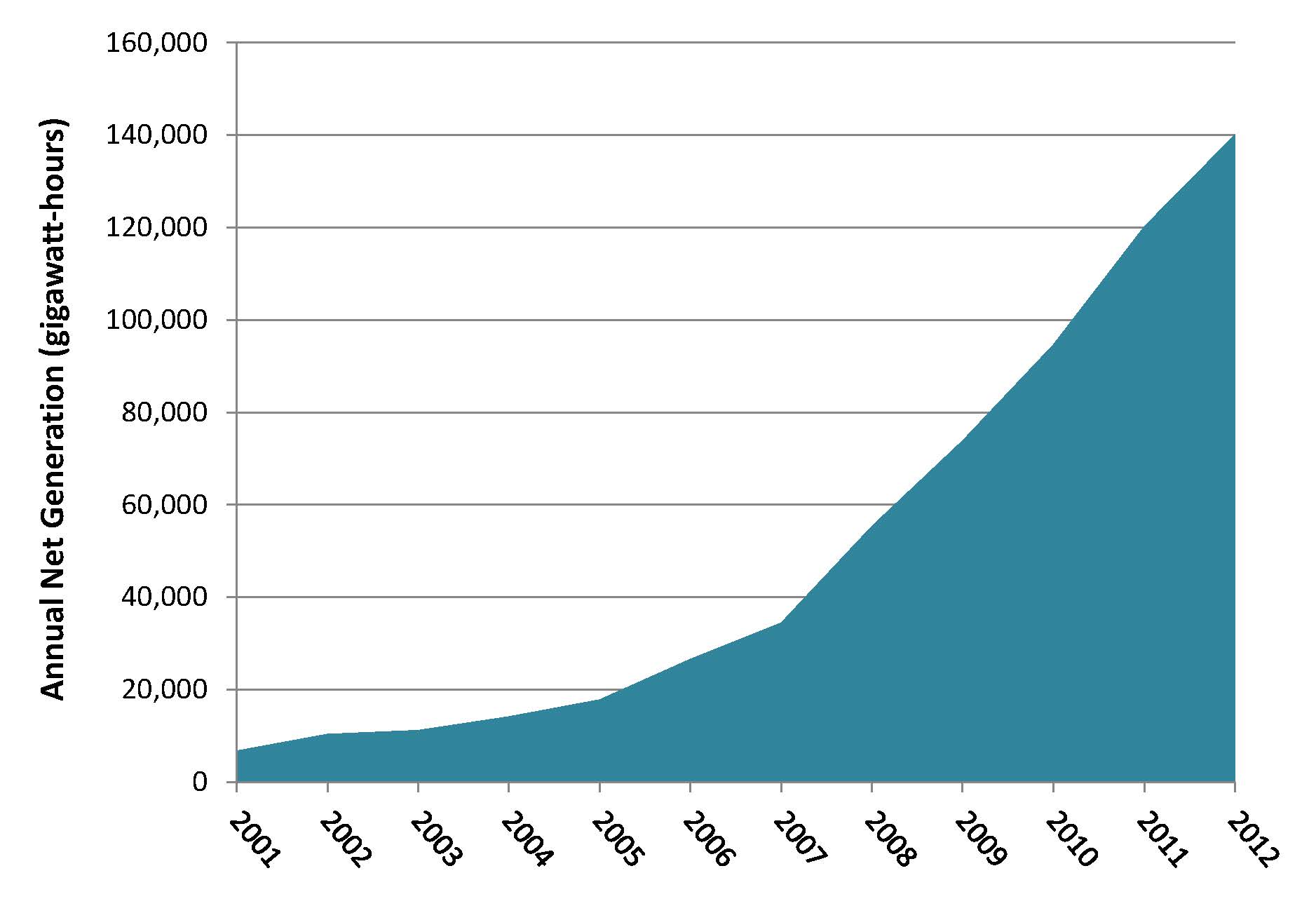Jordan Schneider
Policy Analyst
America’s wind power capacity has quadrupled in the last five years. In 2012, more wind energy was added to the U.S. electric grid than any other form of electricity generation. Thanks to wind energy, America uses less water for power plants and produces less climate-altering carbon pollution. Wind Energy for a Cleaner America II documents the growing environmental benefits of wind energy and urges the continuation and expansion of key public policies that support the development of wind power.
Policy Analyst
Associate Director and Senior Policy Analyst, Frontier Group
Burning fossil fuels to generate electricity pollutes our air, contributes to global warming, and consumes vast amounts of water—harming our rivers and lakes and leaving less water for other uses. In contrast, wind energy produces no air pollution, makes no contribution to global warming, and uses no water.
America’s wind power capacity has quadrupled in the last five years and wind energy now generates as much electricity as is used every year in Georgia. Thanks to wind energy, America uses less water for power plants and produces less climate-altering carbon pollution.
Wind energy displaced about 84.7 million metric tons of carbon dioxide emissions in 2012—more global warming-inducing carbon dioxide than is produced annually in Massachusetts, Maryland, South Carolina or Washington state. Wind energy also saves enough water nationwide to meet the domestic water needs of more than a million people.
America has vast wind energy resources, and there is still plenty of room for growth. But the pending expiration of the federal renewable energy production tax credit and investment tax credit threatens the future expansion of wind power. To protect the environment, federal and state governments should continue and expand policies that support wind energy.
Wind energy is on the rise in the United States.
Figure ES-1. Growth in Electricity Generated by Wind Power[i]

By displacing dirty electricity from fossil fuel-fired power plants, wind energy saves water and reduces pollution. In 2012, wind energy helped the United States:
If America were to continue to add onshore wind capacity at the rate it did from 2007 to 2012, and take the first steps toward development of its massive potential for offshore wind, by 2018 wind energy will be delivering the following benefits:
Wind energy’s success in reducing air pollution and saving water will continue to grow if America makes a stable, long-term commitment to clean energy at the local, state and national levels. Specific policies that are essential to the development of wind energy include:
[i] U.S. Energy Information Administration, Electric Power Annual with Data for 2011, 30 January 2013.
Policy Analyst
Tony Dutzik is associate director and senior policy analyst with Frontier Group. His research and ideas on climate, energy and transportation policy have helped shape public policy debates across the U.S., and have earned coverage in media outlets from the New York Times to National Public Radio. A former journalist, Tony lives and works in Boston.
